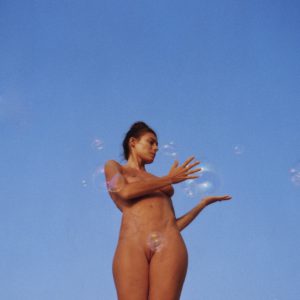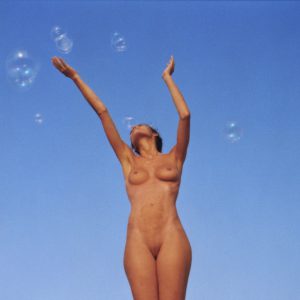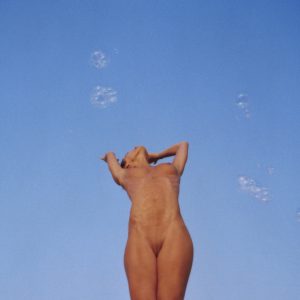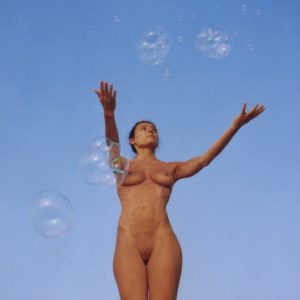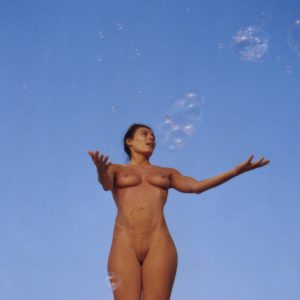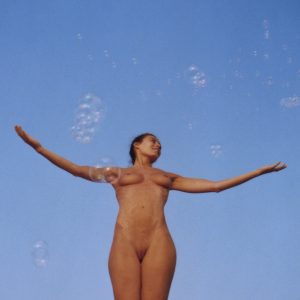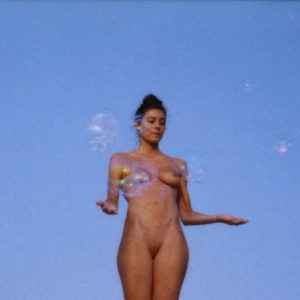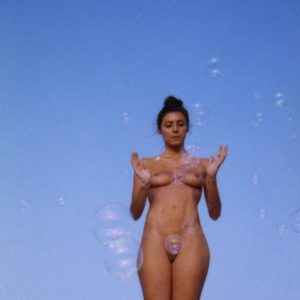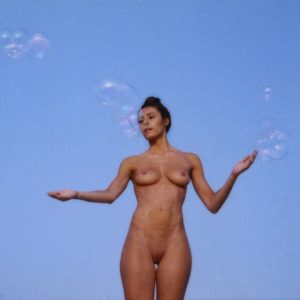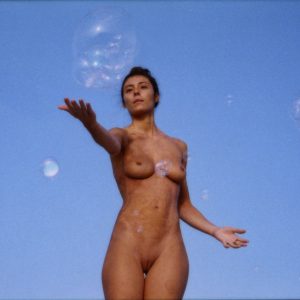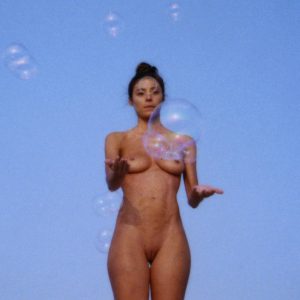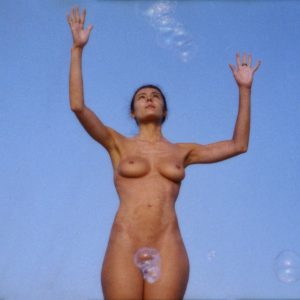In "Bubbles" we hear a silence, the body becomes an object and subject of our gaze and thought. With this direct claim of the body we can only recall attitudes such as those of Ana Mendieta in her Animas or her Trees of Life,or Charlotte Moormann with her risky performances ... performancesA body not as being, but as an event that is offered to us. "Bubbles" places us in a more intimate position than nudity, that of attending metamorphosis. The body becomes a transit, a nomadic state with which to disagree with the fixed or pre-established realities.
There is a long tradition in the last 20th century of artists, especially in the seventies, who used their body as a subject and as a medium in their works, putting it to the test in cases like Gina Pane with her scars, altering it like Olan with her scars, modifications of her body through plastic surgery interventions, in any case, turning the body into a crucial and effective instrument of creative activity.
Working with the body offered to the artists an ideal means to question the established canons about beauty and the roles of women. The representation of the body in art would not be the same without the conceptual richness of the different feminisms. Authors such as Louise Bourgeois, Cindy Sherman or Janine Antoni play a fundamental role.
This attitude that signifies at the same time a renunciation of the traditional hierarchy of artistic forms - painting, drawing and sculpture— and a challenge towards a market (that of art) accustomed to trading in tangibles… The most appropriate means to show and document this evolution of the body has obviously been photography, film and / or video, which allow us to capture the artist in action and preserve her image. Challenging means also regarding the notion of a single original. Photography and video provide images that collect the actions as a document. They allow to attend the action but also give the artist enough room for manipulation to establish the desired “tempo” to accurately outline its nuances or change digitally whatever is necessary.
Thus, Mapi Rivera's work addresses all types of photographic or videographic media, and, without belonging to a single discipline, weaves its discourse, sewing if necessary, with texts and drawings, building a compact corpus in any of the cases exercising a precise and perfectionist control of the image and the final tone, measuring each nuance.
This long descent into the depth of the self is assisted almost from the ring, it transports us in a voluntary way towards a progressive disappearance of the self.
Along the way, we may notice that this body is not so far away, it perhaps resembles ours and in that shedding of skin there is something that affects us, a common rebirth.
It is a body of clear oriental contaminations, with those fragile spheres that in the collective unconscious we attribute to childhood and its soap bubbles, and in maturity, to the image of perfection.
Like perfect worlds, floating sparkling crystals playing with that timeless body. Inevitably it evokes the goddesses - the goddess of new life and immortality (Demeter, Artemis of Ephesus, Isis, Hathor, Isthar). And to others of a sacred eroticism (Aphrodite, or Sakti) ...
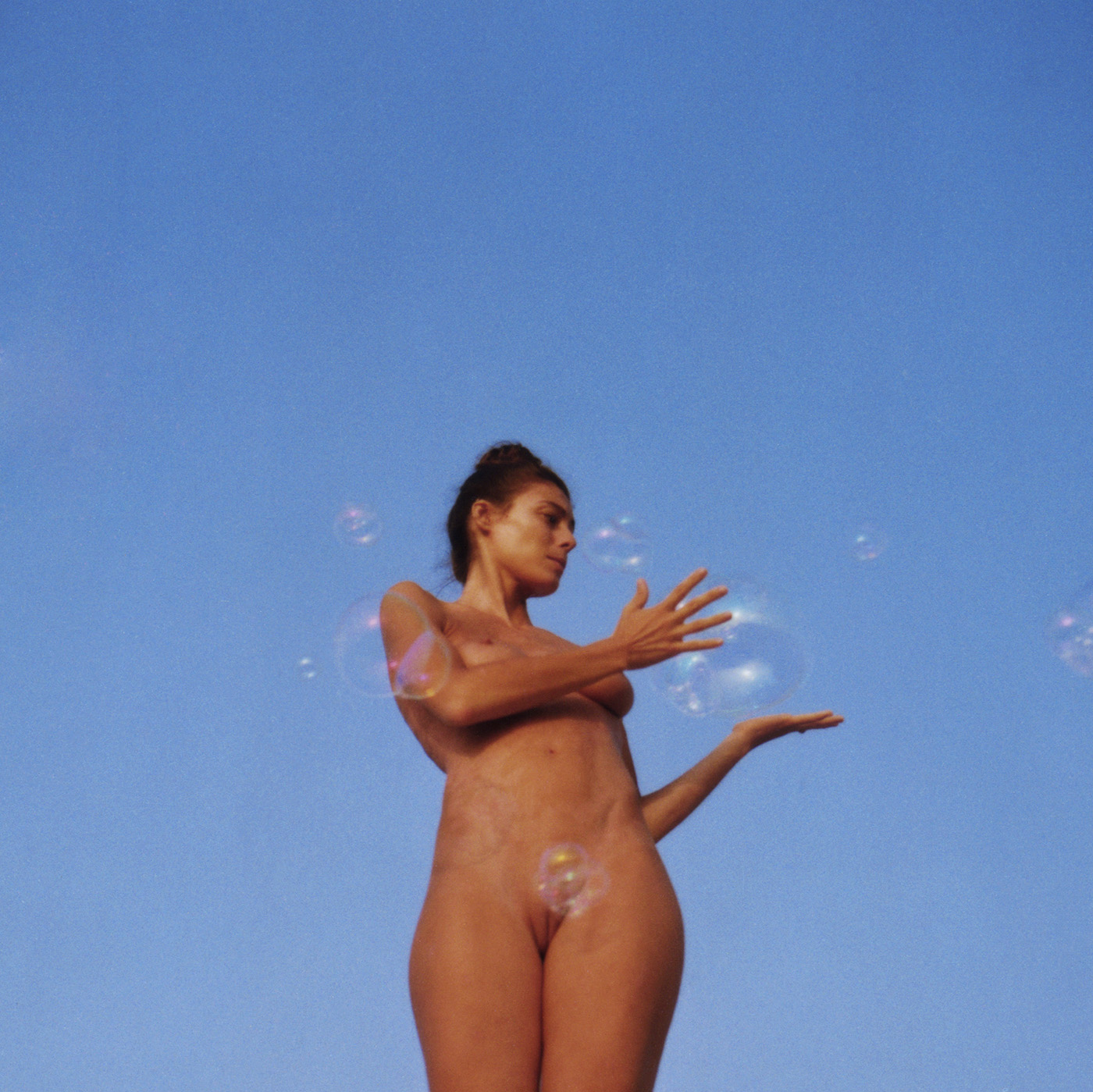 ÁLITOS I serie IX. Fotografía analógica. 2003
ÁLITOS I serie IX. Fotografía analógica. 2003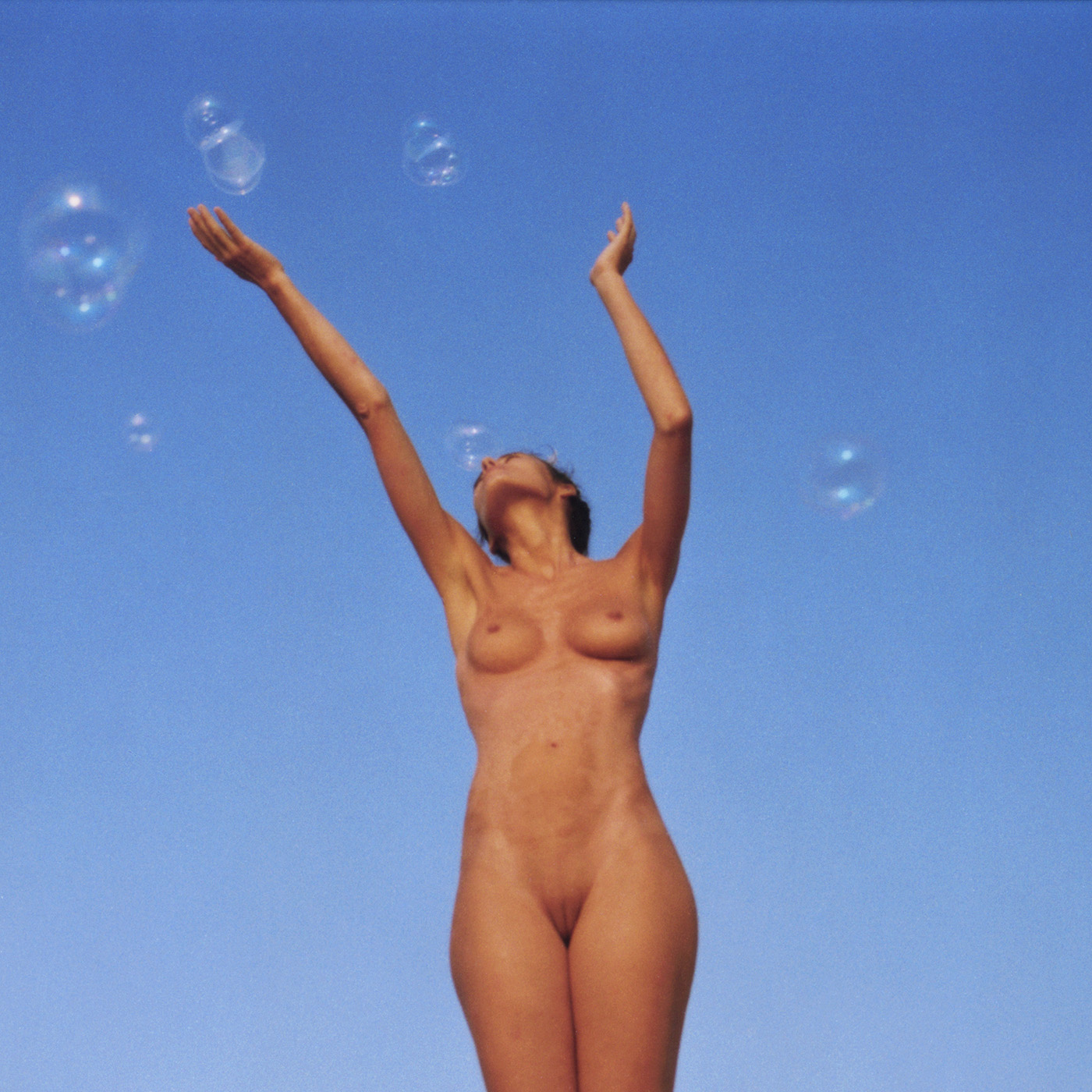 ÁLITOS II serie IX. Fotografía analógica. 2003
ÁLITOS II serie IX. Fotografía analógica. 2003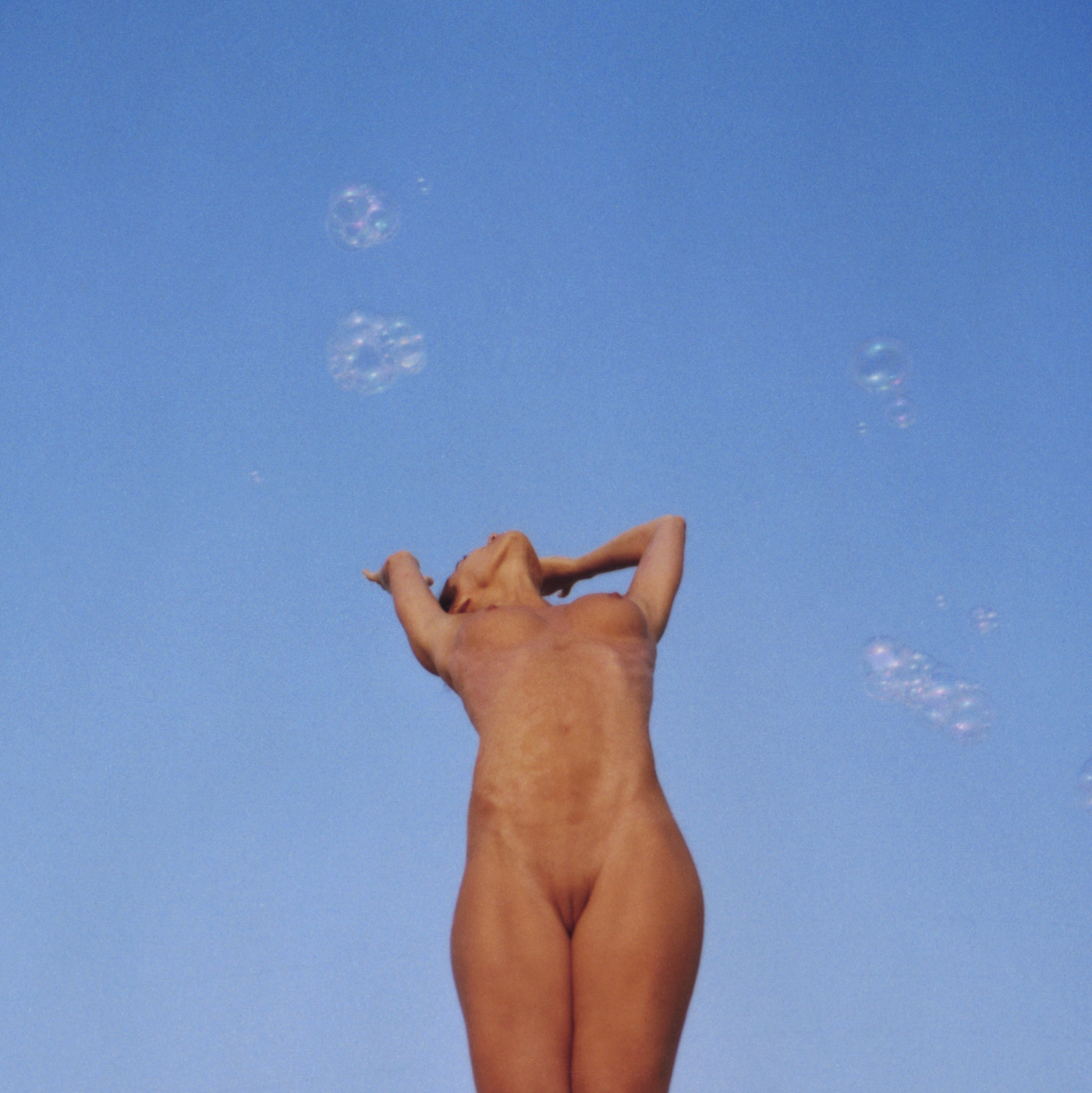 ÁLITOS III serie IX. Fotografía analógica. 2003
ÁLITOS III serie IX. Fotografía analógica. 2003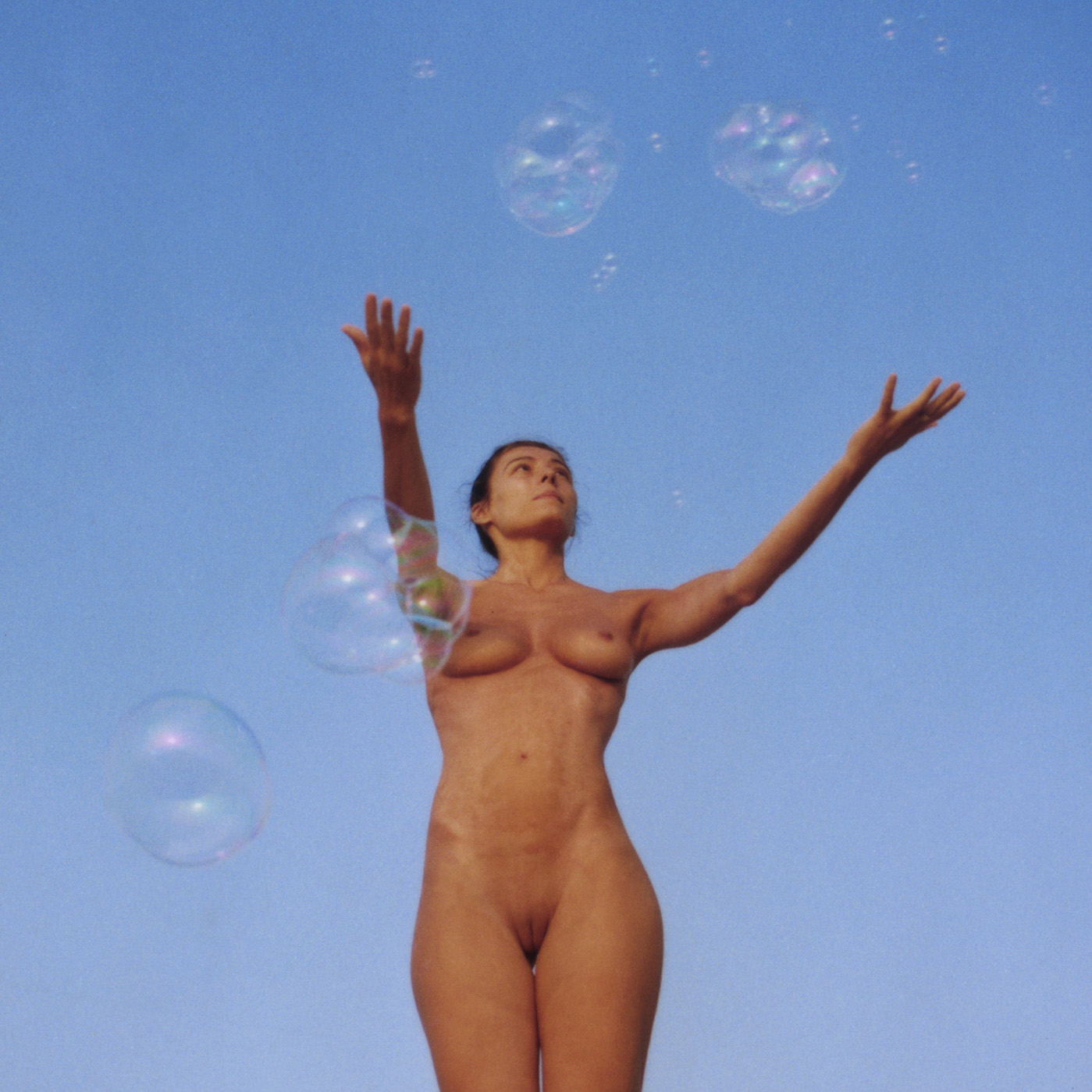 ÁLITOS IV serie IX. Fotografía analógica. 2003
ÁLITOS IV serie IX. Fotografía analógica. 2003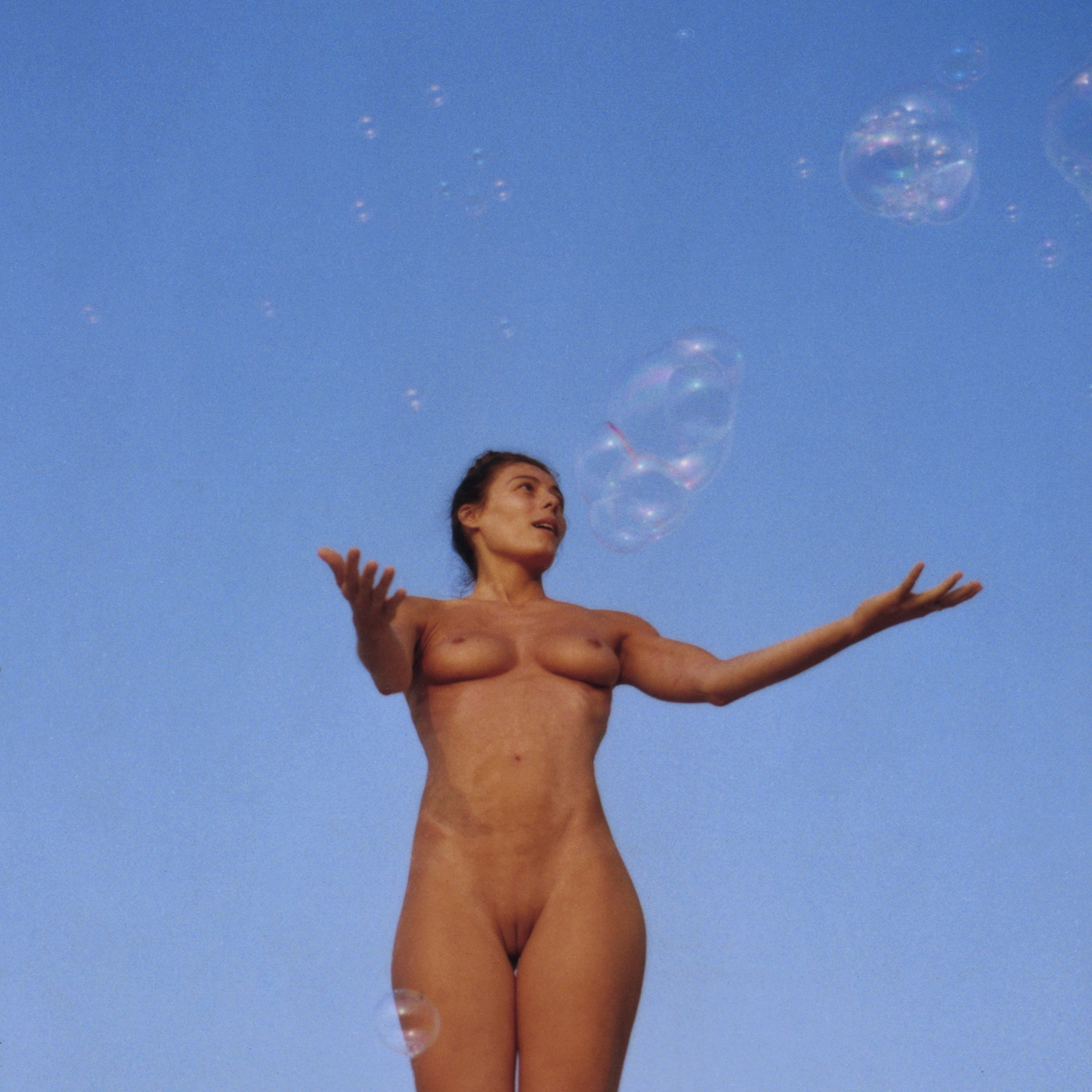 ÁLITOS V serie IX. Fotografía analógica. 2003
ÁLITOS V serie IX. Fotografía analógica. 2003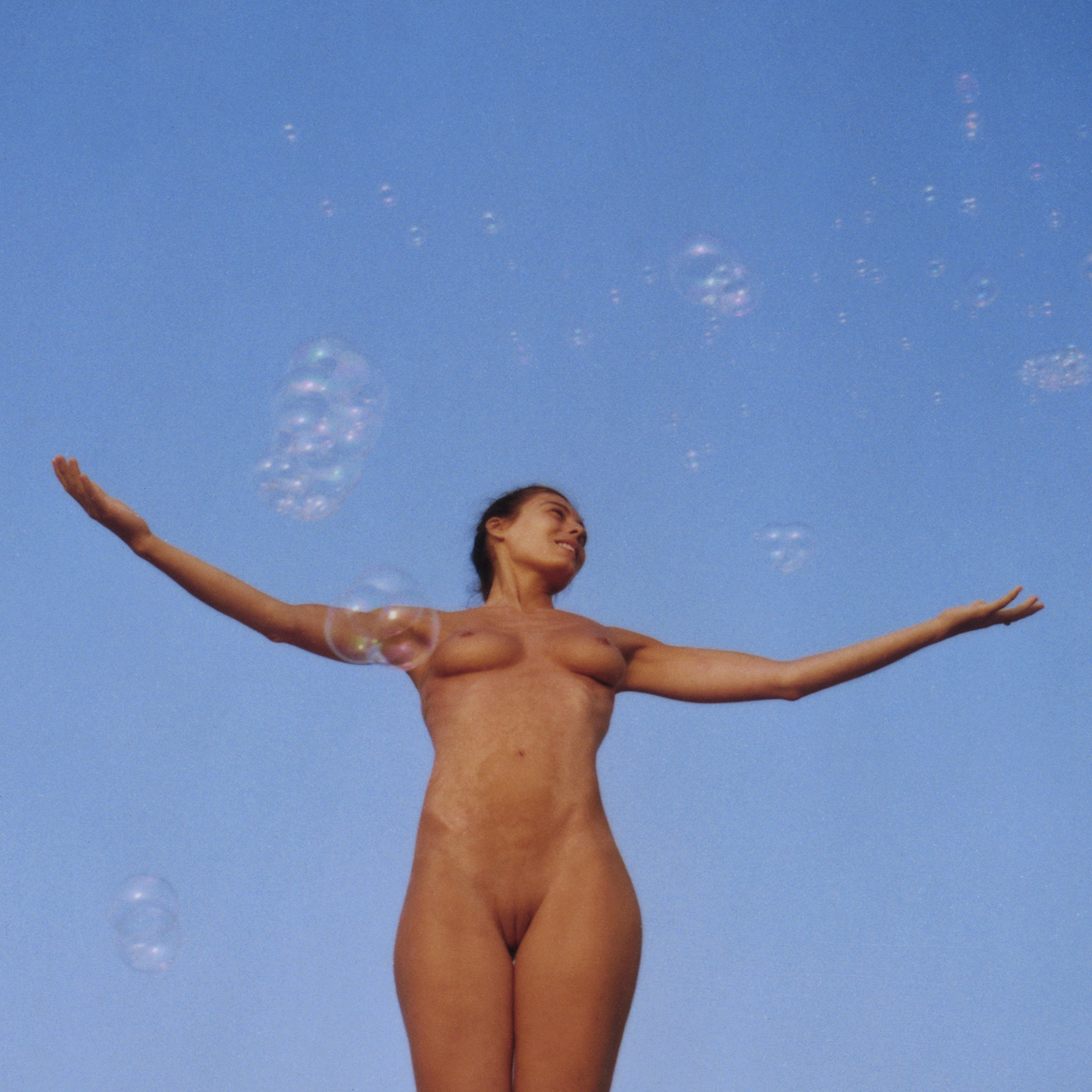 ÁLITOS VI serie IX. Fotografía analógica. 2003
ÁLITOS VI serie IX. Fotografía analógica. 2003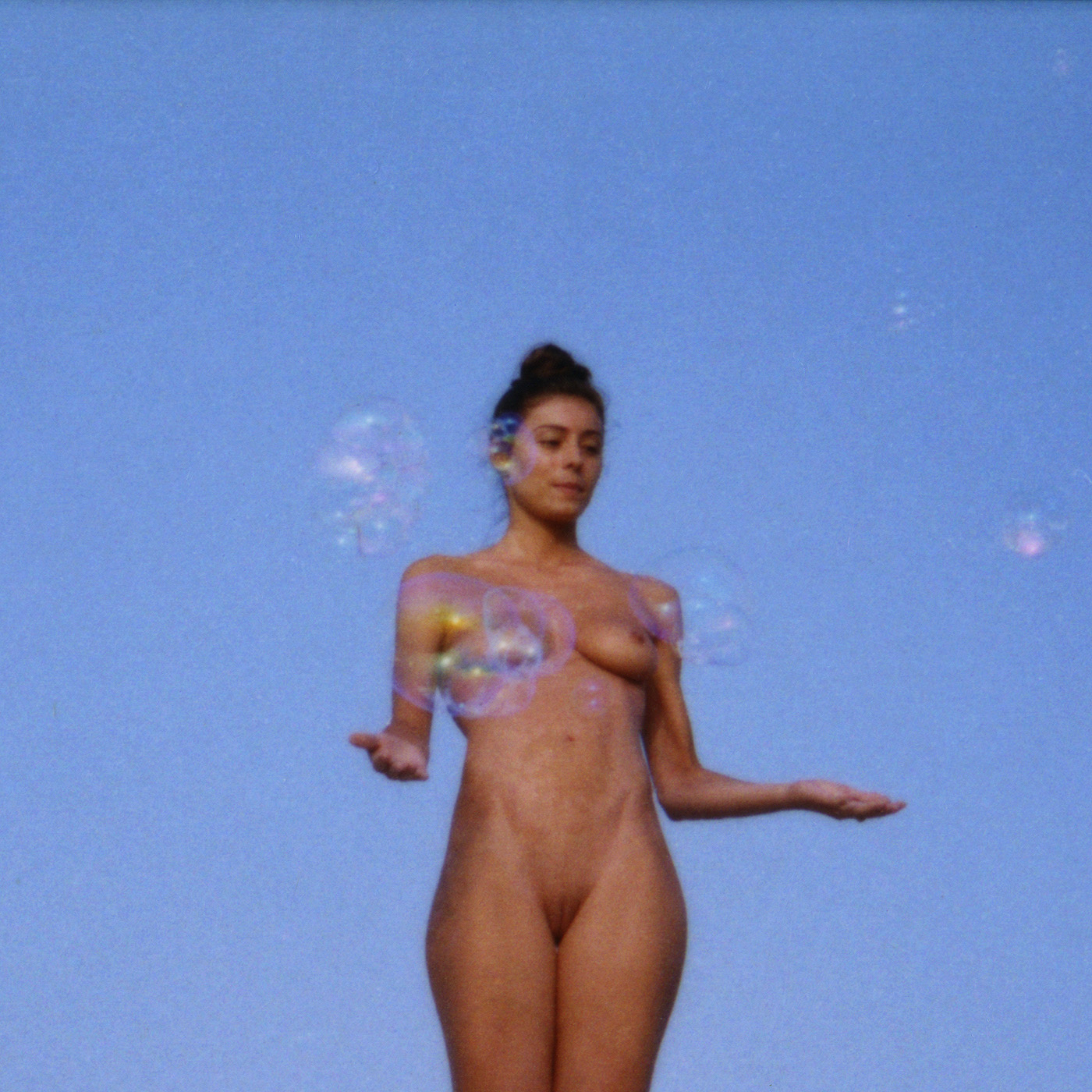 ÁLITOS VII serie IX. Fotografía analógica. 2003
ÁLITOS VII serie IX. Fotografía analógica. 2003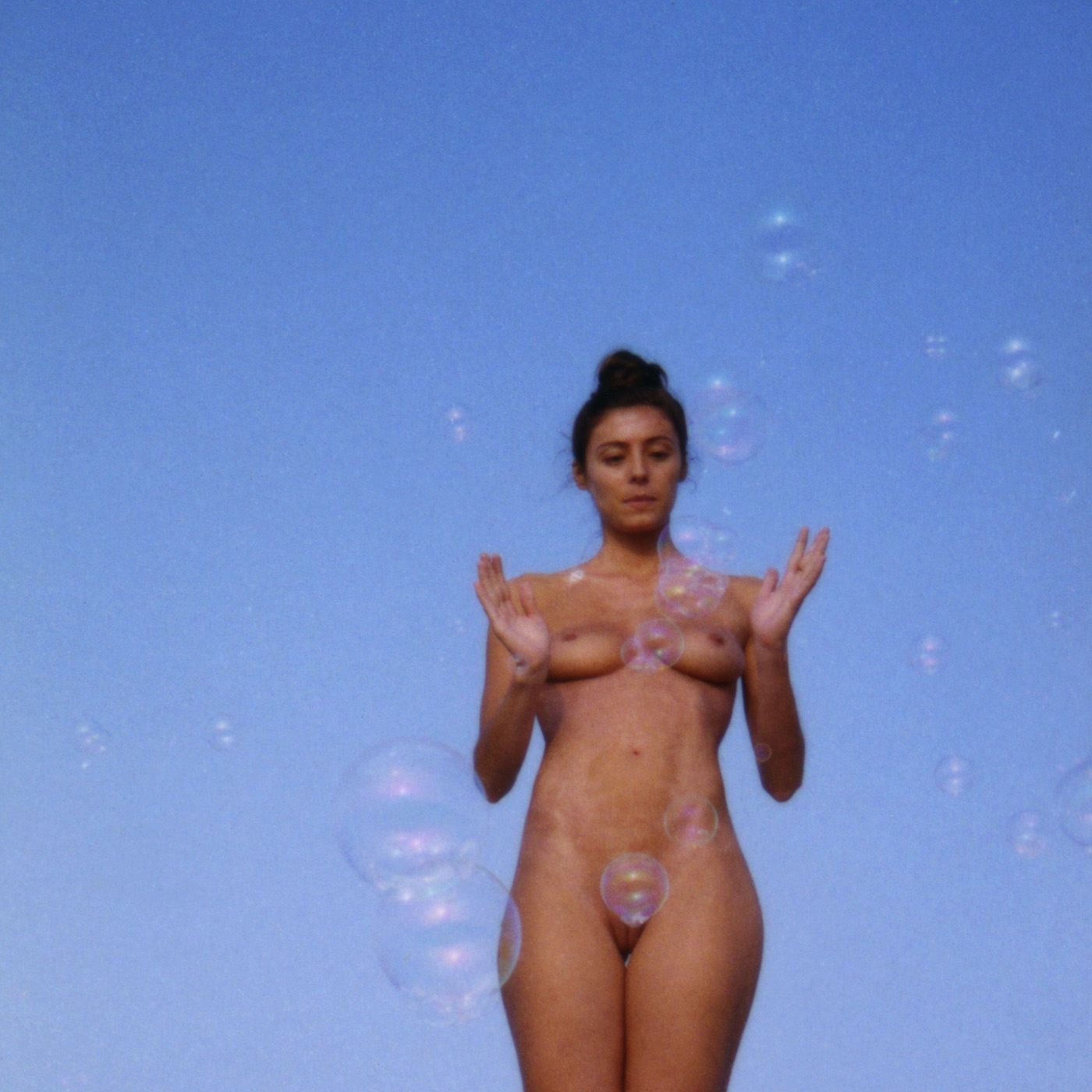 ÁLITOS VIII serie IX. Fotografía analógica. 2003
ÁLITOS VIII serie IX. Fotografía analógica. 2003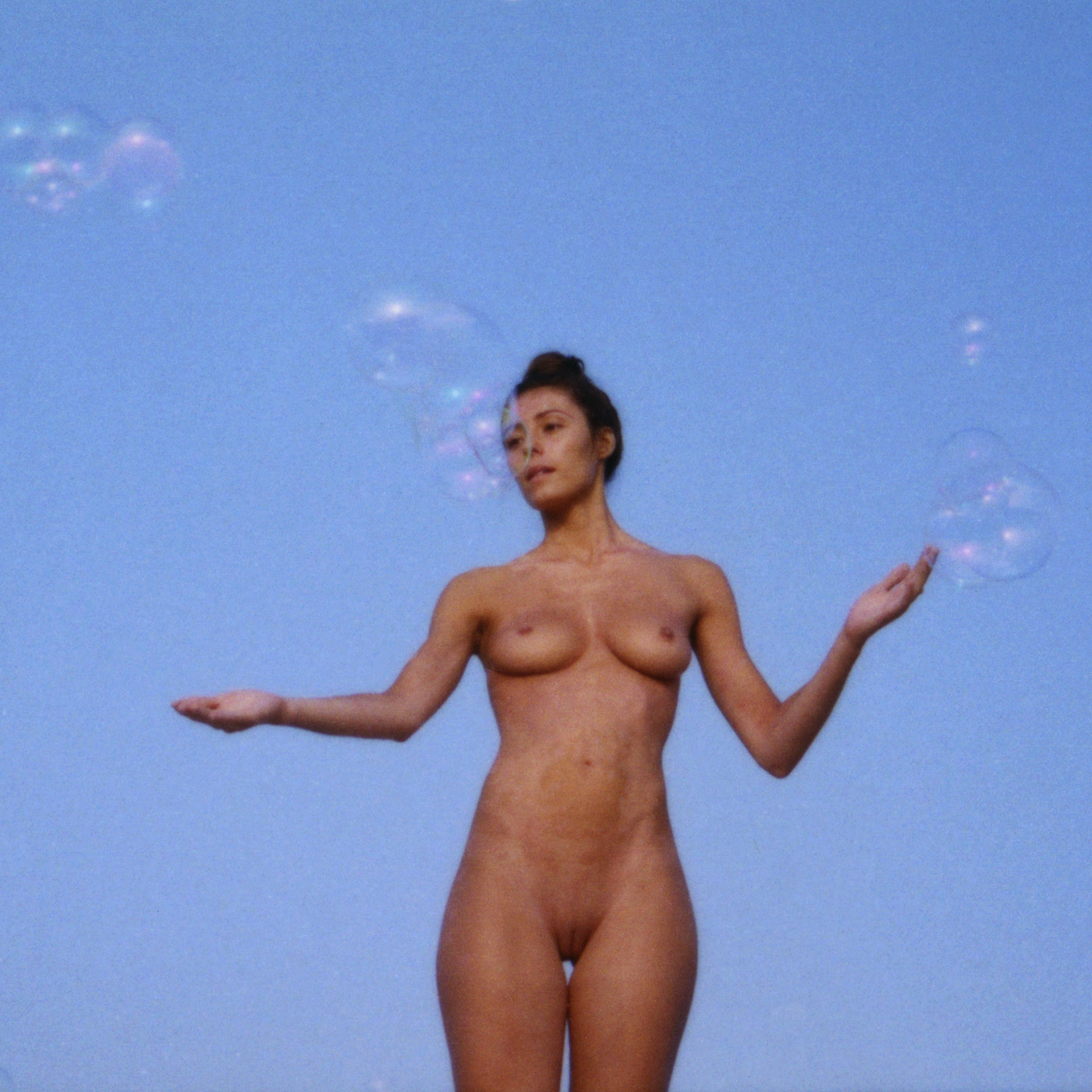 ÁLITOS IX serie IX. Fotografía analógica. 2003
ÁLITOS IX serie IX. Fotografía analógica. 2003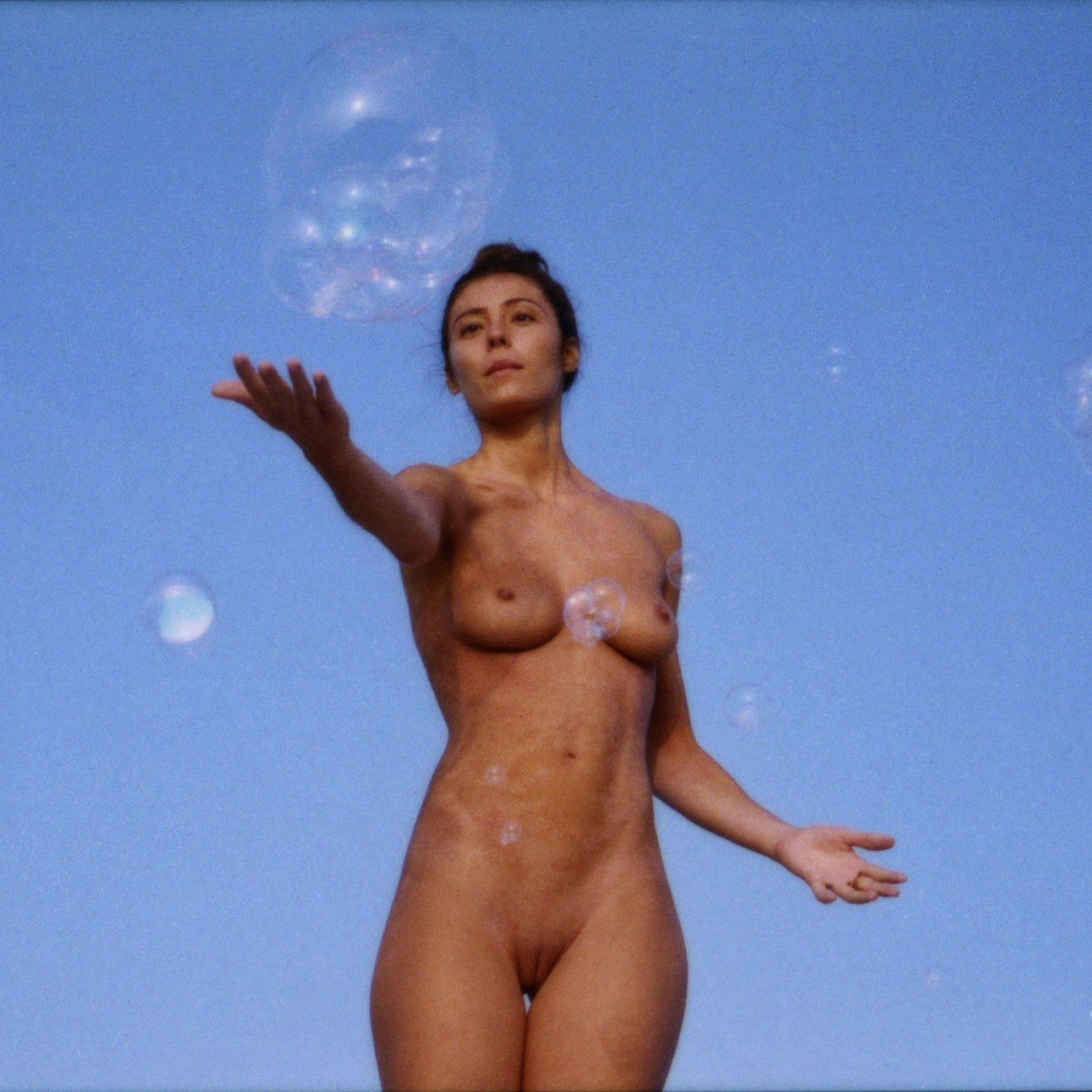 ÁLITOS I serie III. Fotografía analógica. 2003
ÁLITOS I serie III. Fotografía analógica. 2003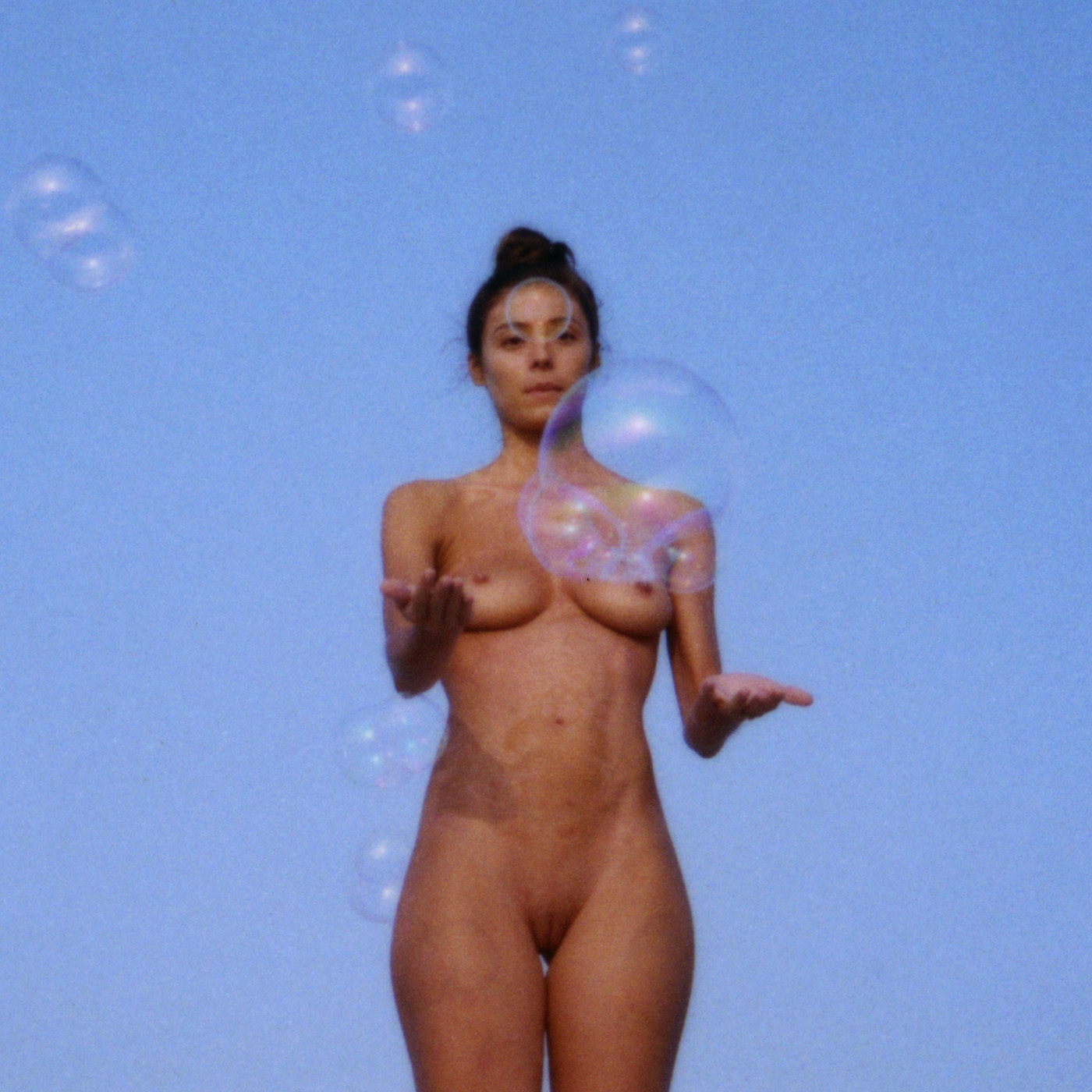 ÁLITOS II serie III. Fotografía analógica. 2003
ÁLITOS II serie III. Fotografía analógica. 2003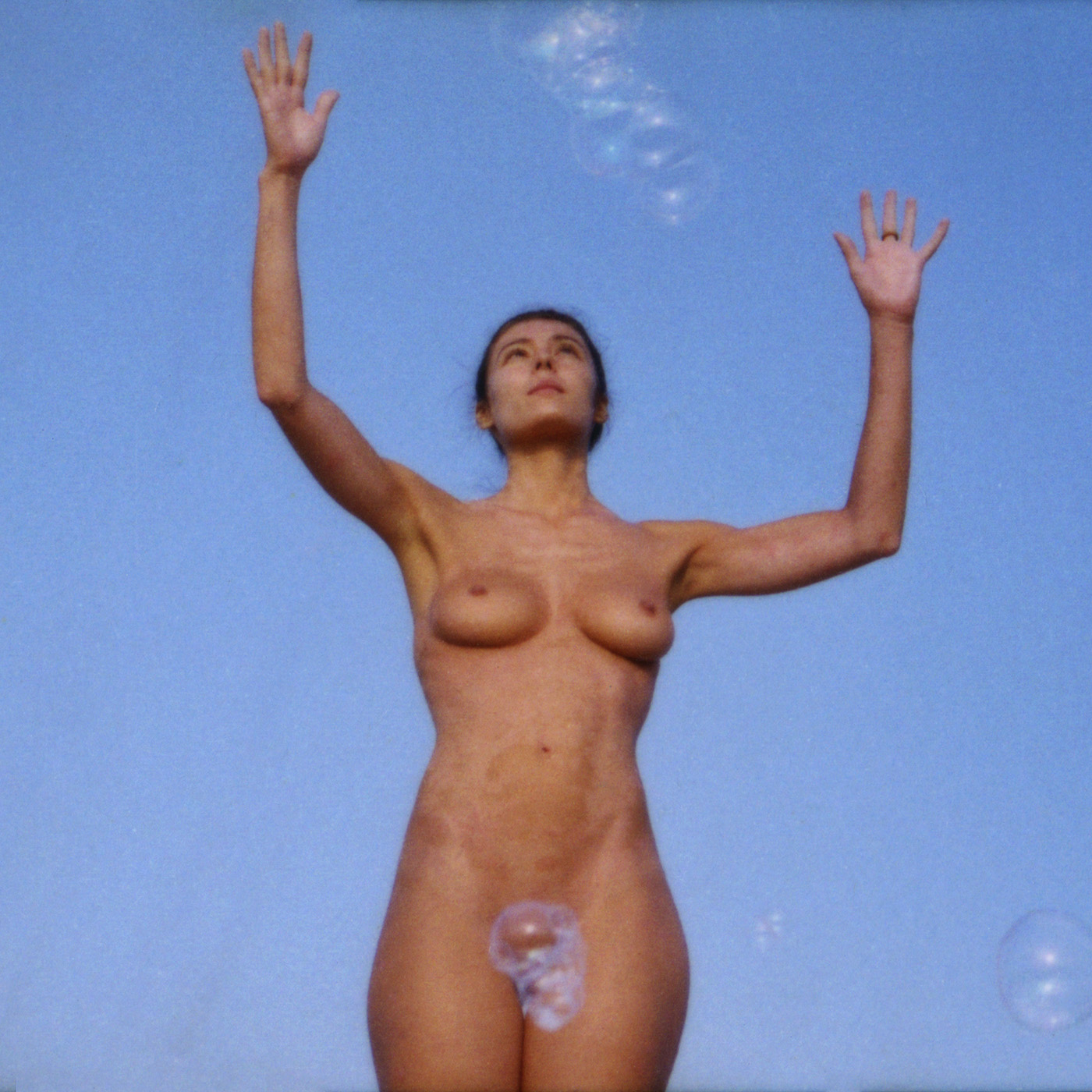 ÁLITOS III serie III. Fotografía analógica. 2003
ÁLITOS III serie III. Fotografía analógica. 2003